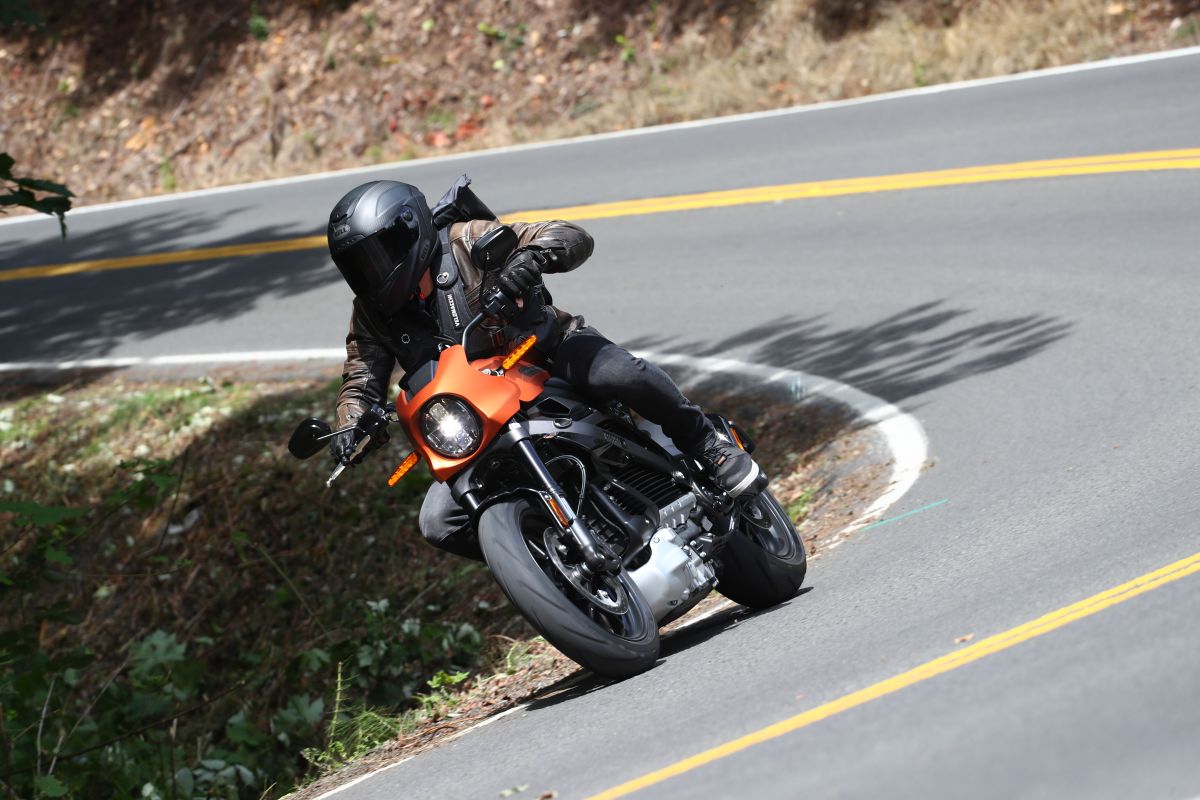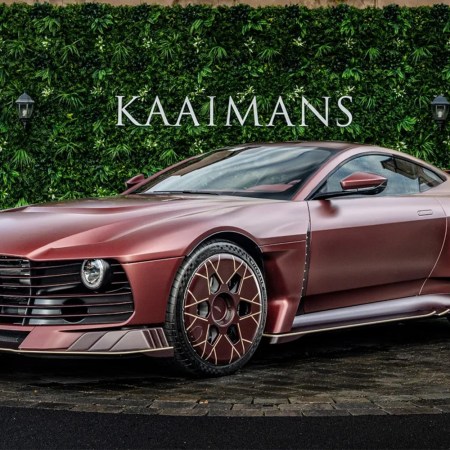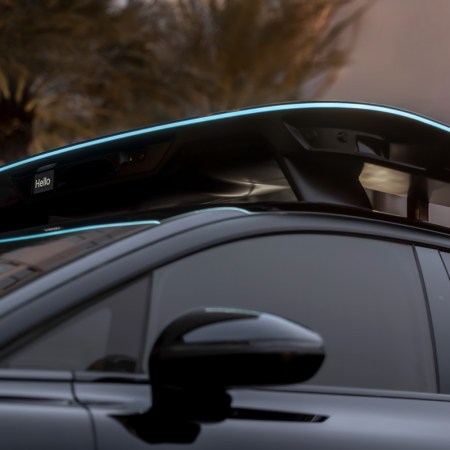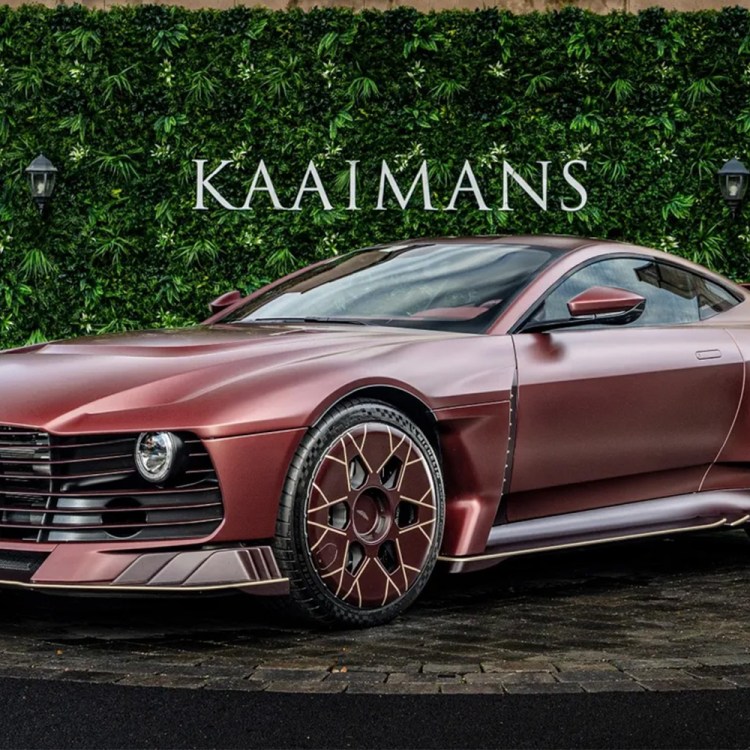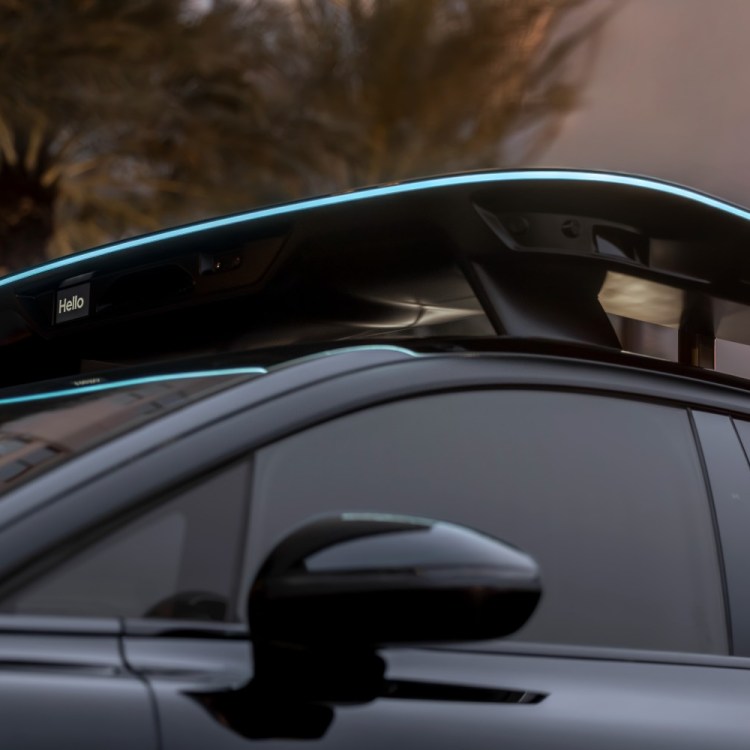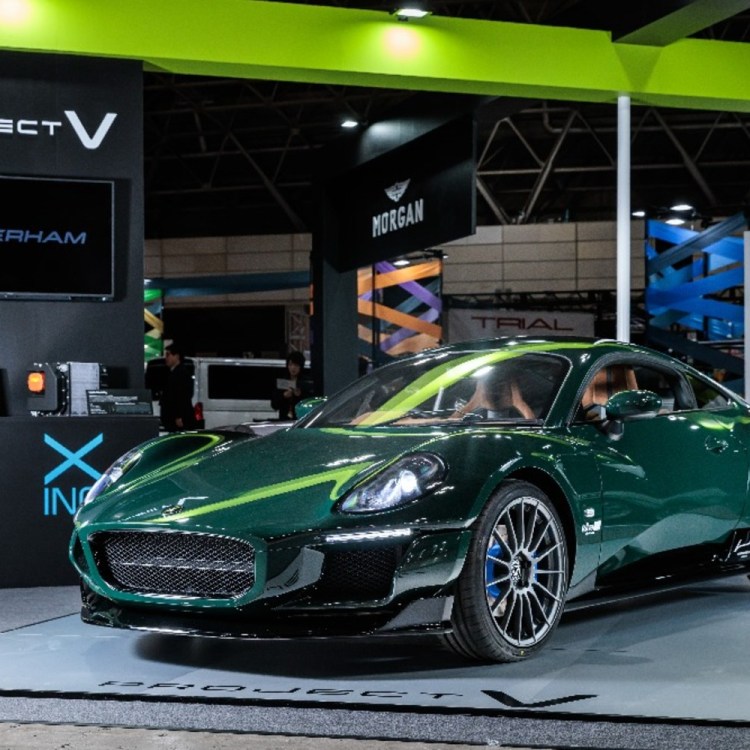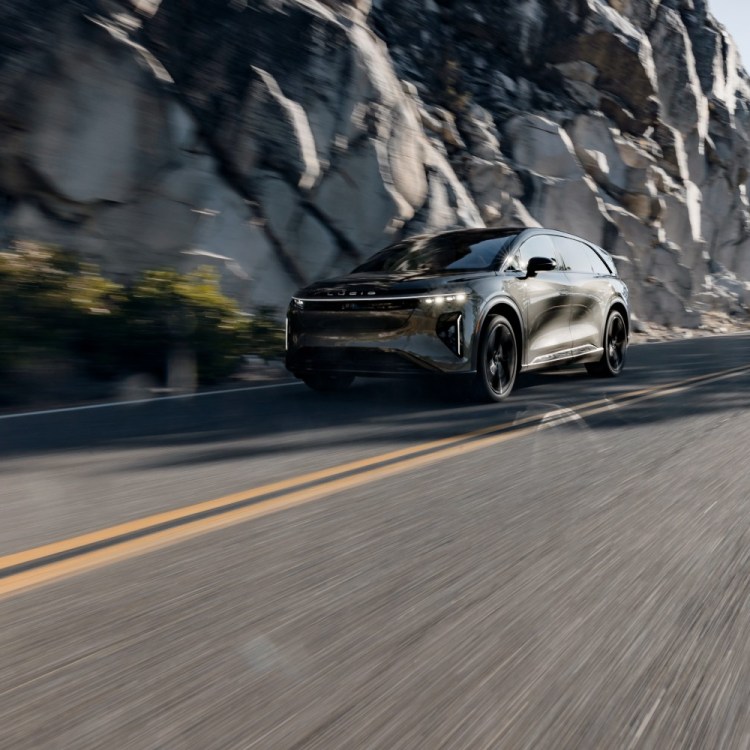There is a benevolent feeling that accompanies riding an electric (EV) motorcycle — wheeling on metropolitan roadways or soaring beneath canopies of trees while leaving behind no trace of exhaust. You plug into an overnight wall-charger rather than drain the world’s remaining oil reserves, wake up the next morning and have the ability to quietly accelerate from 0-60 miles per hour in three seconds flat. Electric propulsion is almost incontestably the wave of the future and Harley-Davidson has just presented their realized vision for the most anticipated electric motorcycle to date — the 2020 Harley-Davidson LiveWire, a sleek and nimble two-wheeled machine that will ship to dealerships this September.
“This motorcycle is a super-premium halo product designed to show what is possible with motorcycles using EV technology,” Harley-Davidson President and CEO Matt Levatich tells InsideHook. We are at the LiveWire press launch at the Jupiter Hotel in Portland, Oregon and Levatich has made the trek from H-D headquarters in Milwaukee, Wisconsin to the Pacific Northwest for our group’s inaugural ride of the highly anticipated motorcycle. As he explains it, Harley-Davidson believes its forthcoming EV portfolio will play a vital role in lowering the barriers of entry to riding motorcycles compared to their more traditional products.
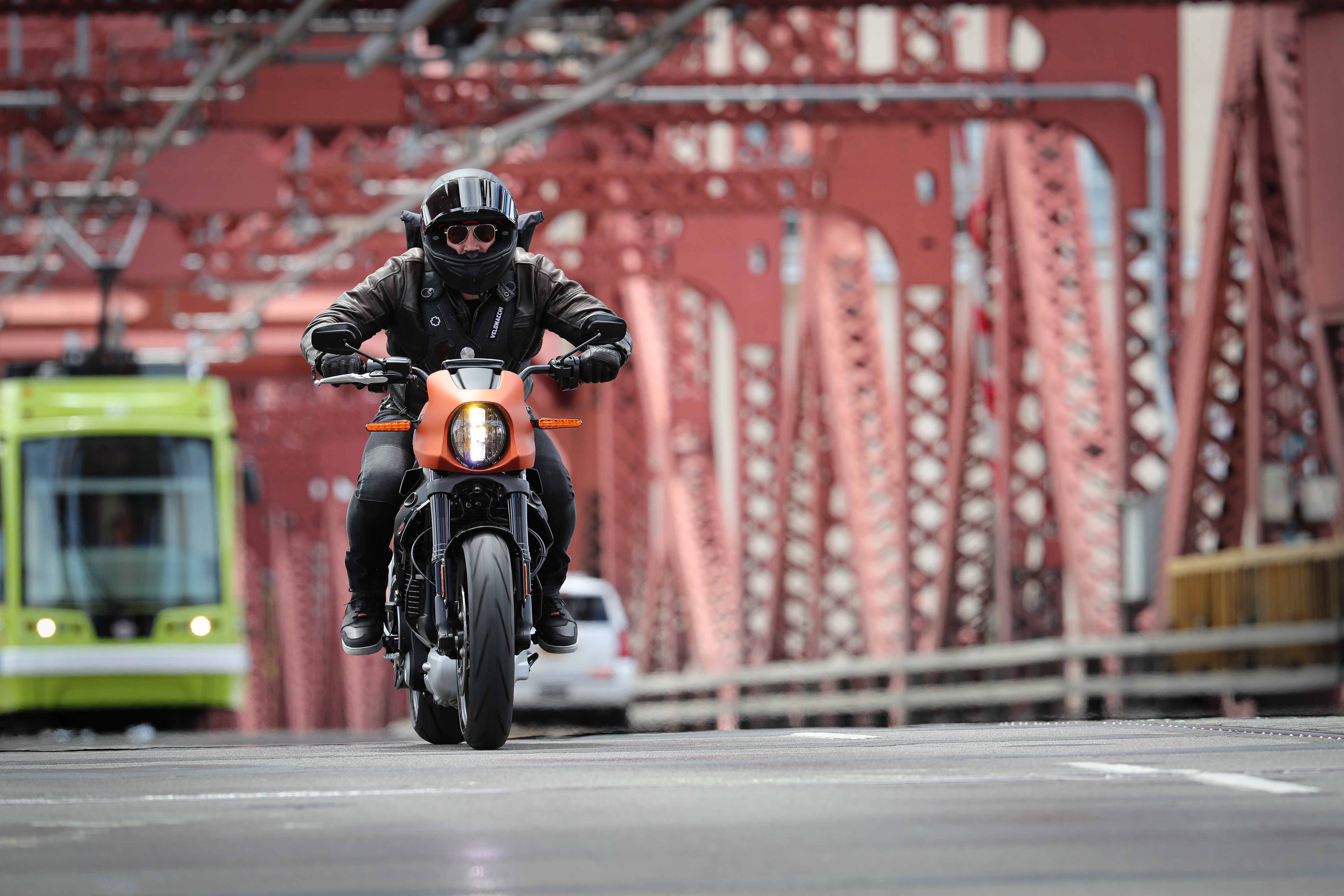
“We can get people on an EV motorcycle and move them up the learning curve to full enjoyment much quicker,” says Levatich. “With no traditional transmission or clutch, riding the LiveWire is quite literally as simple as twist and go.” The century-old manufacturer (Harley-Davidson began in 1903), known for its combustible engine motorcycles and iconic V-twin motors has stepped outside of the box and invested heavily to produce what might seem counterintuitive to the more conventional Easy Rider vibe of the brand: an environmentally friendly and socially responsible motorcycle designed for the technologically sound and financially affluent (So long, Wyatt and Billy!).
The LiveWire certainly isn’t the first electric motorcycle, but it is the first of its kind from any major OEM motorcycle manufacturer — a flag on the moon for Harley-Davidson. The brand’s maiden EV motorcycle will start at $29,799 — a pretty penny compared to its serious competition, but not exclusive of Harley-Davidson’s world-class engineering, extensive network of dealerships and savory buyer incentives.
But what does the LiveWire feel like? How is the riding experience? What are the new technologies associated with EV motorcycles and how well do they integrate with the LiveWire? In a word: remarkable. But to cast more light on Harley-Davidson’s new halo product, and to put these new luxury electric propulsion motorcycles to the test, we took them out for a spin on the savory twisted roads of Portland’s outlying hills to get some answers.
The Styling Details
The LiveWire isn’t just attractive — it is downright handsome. Harley-Davidson has done a fantastic job of maintaining its muscular stature (something the brand is well-known for), but designing an attractive luxury EV propulsion vehicle with a fresh look and a cool wasp-like tail section. The bike comes in orange, yellow and black (with a carbon fiber upgrade option) and has an aluminum frame — most of the bike’s weight is the battery.
While the LiveWire may have been designed for more affluent, new-to-riding customers interested in the advanced technology, this is a motorcycle that could definitely appeal to existing H-D owners. And the brand still honors their storied design legacy by following a key Harley-Davidson styling dictum: their focus on the motor. The new “Revelation” motor is distinguished from the rest of the bike, sitting just below the battery in a contrasting silver finish.
LiveWire Technology
The LiveWire is propelled by a 105-horsepower electric motor and fueled by a lithium-ion battery pack Harley-Davidson calls a “Renewable Energy Storage System.” The bike is claimed to have a 146-mile range or combined city/highway range of 95 miles. After riding the LiveWire in Sport Mode on a 65-mile test ride through the outlying hills of Portland, I returned the bike with nearly 40 percent charge. This was nice, from a technology perspective, as range seems to be the biggest gripe with EV motorcycles.
For standard procedure, LiveWire comes with a Level 1 charging cable that plugs into any standard 120V outlet for overnight charging. But out in the urban landscape, the LiveWire is compatible with Level 3 DC Fast Charge (DCFC) stations that will replenish a fully depleted battery in an hour. And charging stations are readily available and easy to find by using the Harley-Davidson or other off-brand Apps (like PlugShare) that can quickly navigate you to nearby to top off on some Edison.
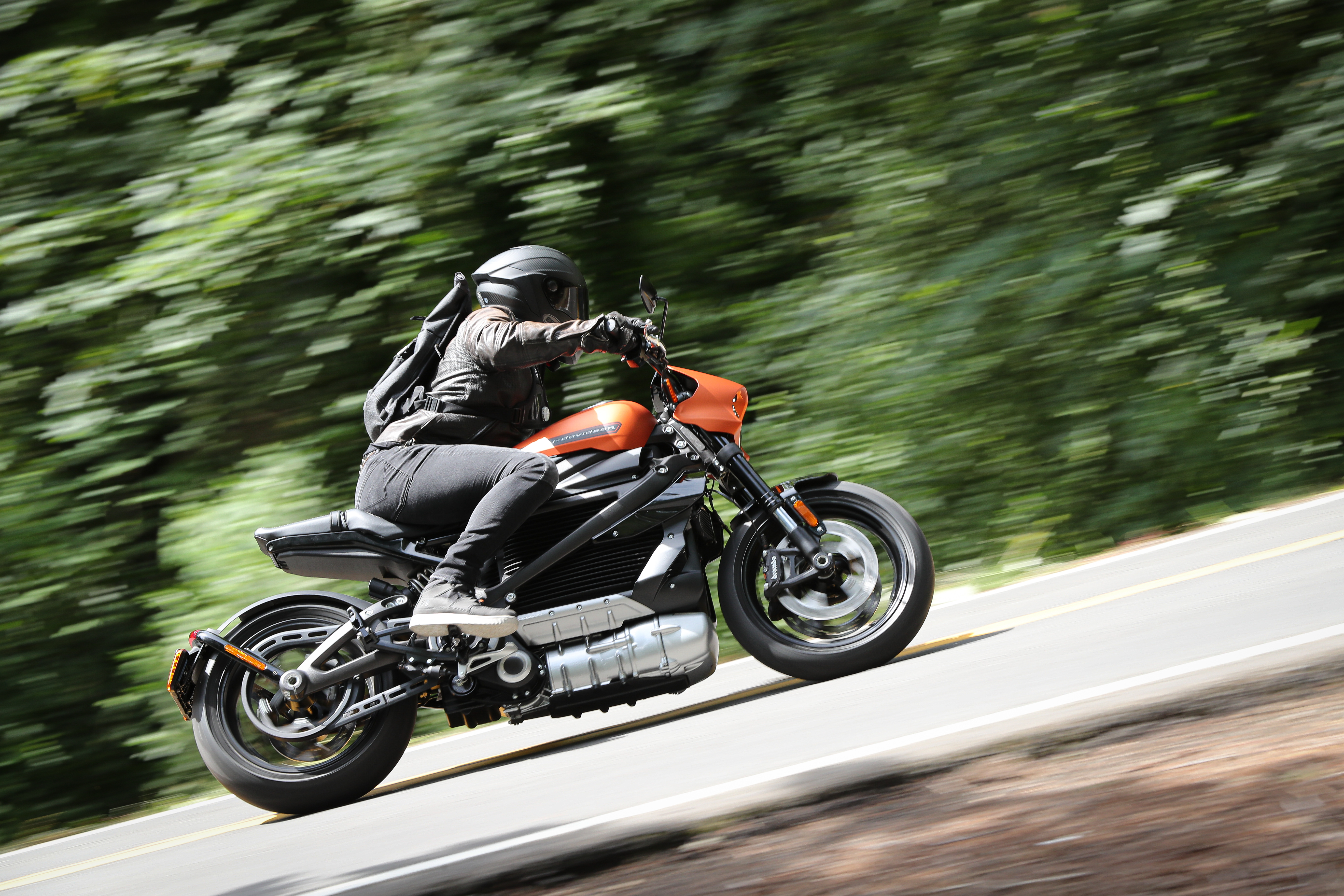
The LiveWire also comes equipped with the latest and greatest ride-enhanced technologies including cellular connectivity and electric rider assist features. The former allows for a LiveWire owner to link with their motorcycle through their smartphone providing owners with important information like security and tampering alerts, motorcycle status (including battery charge) and service reminders.
LiveWire is also equipped with H-D’s Reflex Defensive Rider Systems (RDRS) — “nerd talk” to describe a collection of technology designed to match motorcycle performance to available traction during acceleration, deceleration and braking. The RDRS system is comprised of four components: Cornering Enhanced Anti-lock Braking System, Cornering Enhanced Traction Control System, Front-Wheel Lift Mitigation and Drag-Torque Slip Control. Ultimately, these are systems likely to be helpful when riding in adverse road conditions and in urgent situations (hopefully keeping your ass alive when it’s your turn to kiss the highway).
The LiveWire’s Heartbeat
Harley-Davidson literally gave the LiveWire a heartbeat. H-D’s chief engineer for EV technology, Sean Stanley, explains it as “a haptic pulse sensation” designed to let the rider know when the bike has “come to life” and is ready to ride — also to alert the rider when the bike is stopped, but in propulsion mode. This initially sounded silly and my first thought was there better be a way to turn this off. But after spending a day zipping around on the future-styled machine (and seeing another journalist send the bike into a hedge), I actually liked the bike letting me know she was ready to fly at a moment’s notice.
May the EV Force Be With You
Through Oregon’s rural roads and curvy ess-turns, where the ambient noise and wind were the only conflicting noise, I realized that there is an intentionally engineered sound — a signature whine emanating from the LiveWire’s primary drive. To provide an accurate reference, the LiveWire sounds like an Imperial TIE fighter (Awesome, I know). And while the bike isn’t propelled by Twin Ion Engines, its jump to light speed (okay fine, from 0 to 60 mph) is 3 seconds. This rate of acceleration may not come with the same bragging rights as making the Kessel Run in less than twelve parsecs, but it is super-car fast for planet earth. Zipping beneath canopies of Douglas fir, red alder, hemlock and bigleaf maple, the engineered sound of the LiveWire brought to mind sounds of a Sith Lord propelling through the jungles of Naboo or Kashyyyk — needless to say, the bike sounds really fucking cool.
The Riding Experience
Simply put, the LiveWire is extremely fun — a motorcycle that can speed off instantly with a twist of the throttle while emanating a feeling of space-age nobility. That instant acceleration, characteristic of electric vehicles, can also be felt even at high speeds when making the jump from 60-80 or 90-110 miles per hour (I tested the latter several times specifically for research purposes). At low, medium and high speeds, the steering feels extremely stable and the bike feels both nimble and intuitive in the curvy roads, where both attributes might be needed to keep you alive.
And as we rode through the Pacific Northwest’s forested and curvaceous roads, the throttle mapping on the bike proved to be as well-tuned and responsive as I’d hoped. I did spent most of the day in Sport Mode, accessed via the LiveWire’s color touchscreen, a setting that delivers full performance of the bike and quickest throttle response. The LiveWire comes with four pre-programmed modes — Sport, Road, Range and Rain — and three modes customizable by the rider.
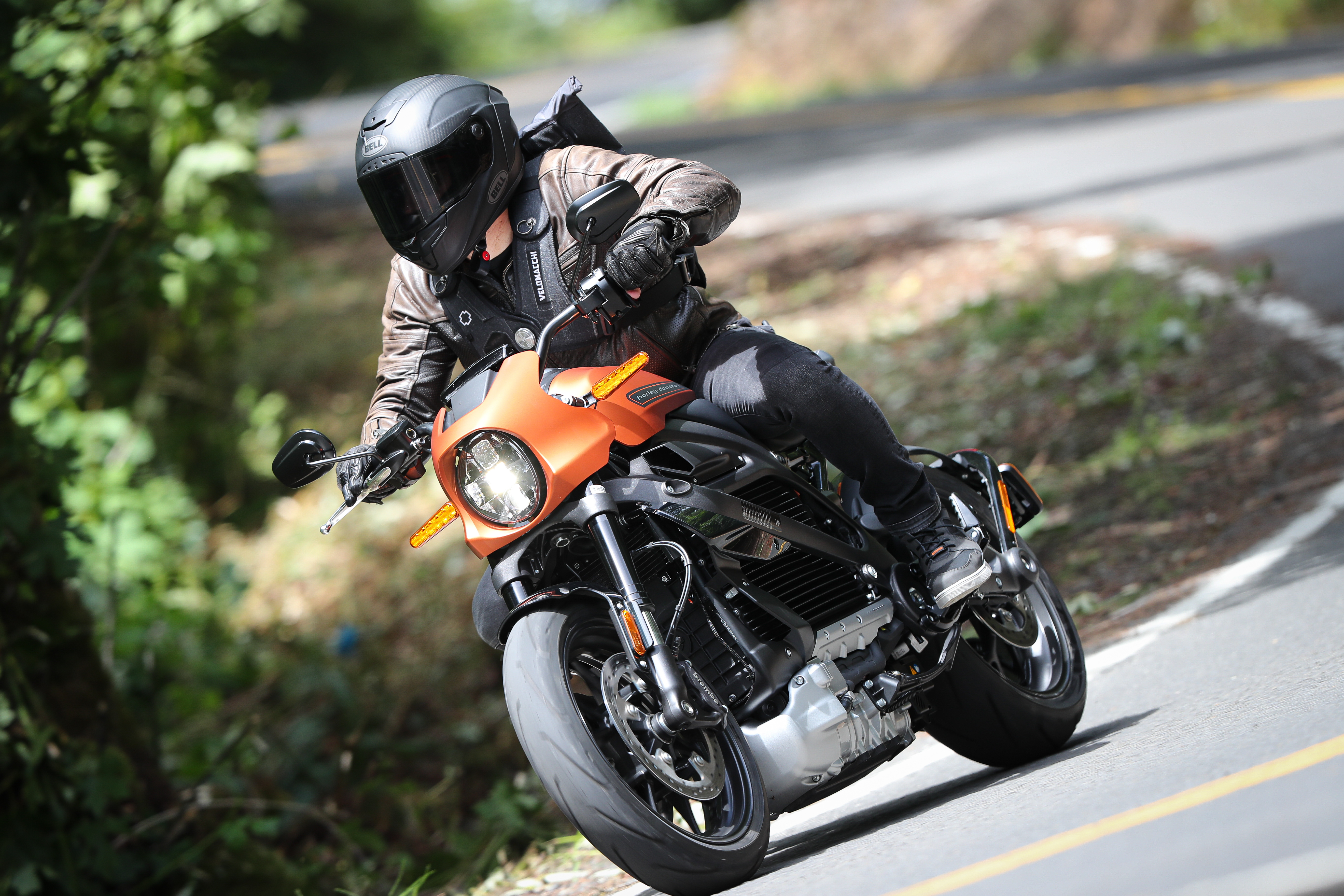
Final Words
The biggest two biggest complaints with the 2020 LiveWire will be price and range. With a price tag just below $30,000, the LiveWire isn’t for everyone. In fact, as Levatich explains it, the LiveWire is a “halo” EV product and the first of a broad portfolio of EV motorcycles that Harley-Davidson intends to release. (A philosophy not different than when Tesla released its first Roadster in 2006 with base models starting at $109,000). “aim to lead in the electrification of this sport just like this company aimed to do in 1903 with traditional motorcycles,” says Levatich. “EV is part of the future of Harley-Davidson and we are investing heavily to lead in the technology”
Fully charged, the LiveWire is claimed to cover an estimated 146 miles of maximum range in the city. But with modes like Road and Sport, and most riders’ proclivity for speed and torque, the LiveWire is likely to get much less. This is an issue that will likely be developed in the coming years and as Stanley says, “We will be offering upgrades when better technology is available.”
To sweeten the deal for potential LiveWire buyers, H-D is throwing in 500 kilowatt-hours of free charging at Electrify America DCFC stations and free charging at authorized Harley-Davidson LiveWire dealers for two years.
Time will tell, but the Harley-Davidson LiveWire could quickly become the eponymous product of the EV motorcycle phenomenon. It’s not likely you’ll see traditional motorcycle clubs rolling out of their clubhouses on their fashionable EV bikes anytime soon (I guess anything is possible these days), but going electric does feel altruistic, albeit the destructive environmental impact caused by mining of the world’s supply lithium carbonate. But at the end of the day, most mechanical technologies come with a price, a tax on the environment — hopefully EV technology will prove to be less-caustic than the more primitive combustible motors.
Eric Hendrikx’s gear:
Helmet: Bell Helmet Race Star Flex | Jacket: Roland Sands Design |Gloves: Roland Sands Design | Pants: John Varvatos | Shoes: HD Footwear Eagleson | Backpack: Velomacchi 28L Speedway Backpack
This article appeared in an InsideHook newsletter. Sign up for free to get more on travel, wellness, style, drinking, and culture.
